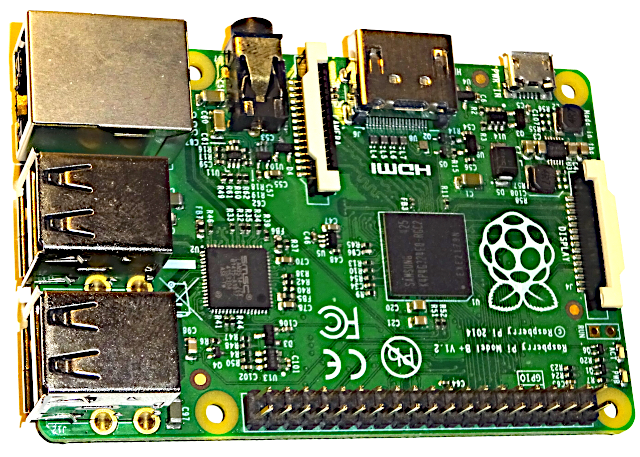DJ0ABR Projects
Raspi HAM Radio Control Board:
Raspi HAM Radio Control Board:
Universal platform for almost all HamRadio projects.
These projects are currently realized or planned on the basis of this board:
I have always done previous projects with microcontrollers, such as Atmel, STM, PIC etc.
It works well, is inexpensive and allows for small, practical circuit boards and devices,
However, there are also certain restrictions. On the popular 7 '' PA controller, for example, I have an ESP8266 for network connection. This also works great, but requires considerable development effort. In addition, you have to familiarize yourself with the use of various controllers and have the development environment ready.
For future projects I have decided on a modern, very flexible and easier to program concept:
 Instead of one or more microcontrollers, I use an SBC, such as the Raspberry PI.
Instead of one or more microcontrollers, I use an SBC, such as the Raspberry PI.
A large selection of boards is available, from the normal sized Raspberry 3/4 or Orange PI to the small Raspberry PI Zero-W and similar.
Advantages of this concept:
Disadvantages of this concept:
Prepared functions for:
an SBC has only a few inputs / outputs and is usually poorly suppressed in terms of RF interference. Therefore, a circuit board was developed which allows a Raspberry PI, for example, to be plugged in directly and expanded it with a large number of analog and digital ports, especially for use in the shack. Without exception, all connections have RF filters (PI configuration with ferrites).
The board is programmed in standard C, with a basic framework with all hardware drivers already available, so that one no longer has to deal with the interface to the hardware.
all components of the controller board are controlled via a single I2C interface. This provides ideal independence from the computer. Almost every SBC has I2C and can therefore be used even if it would not fit into the Raspi connector.